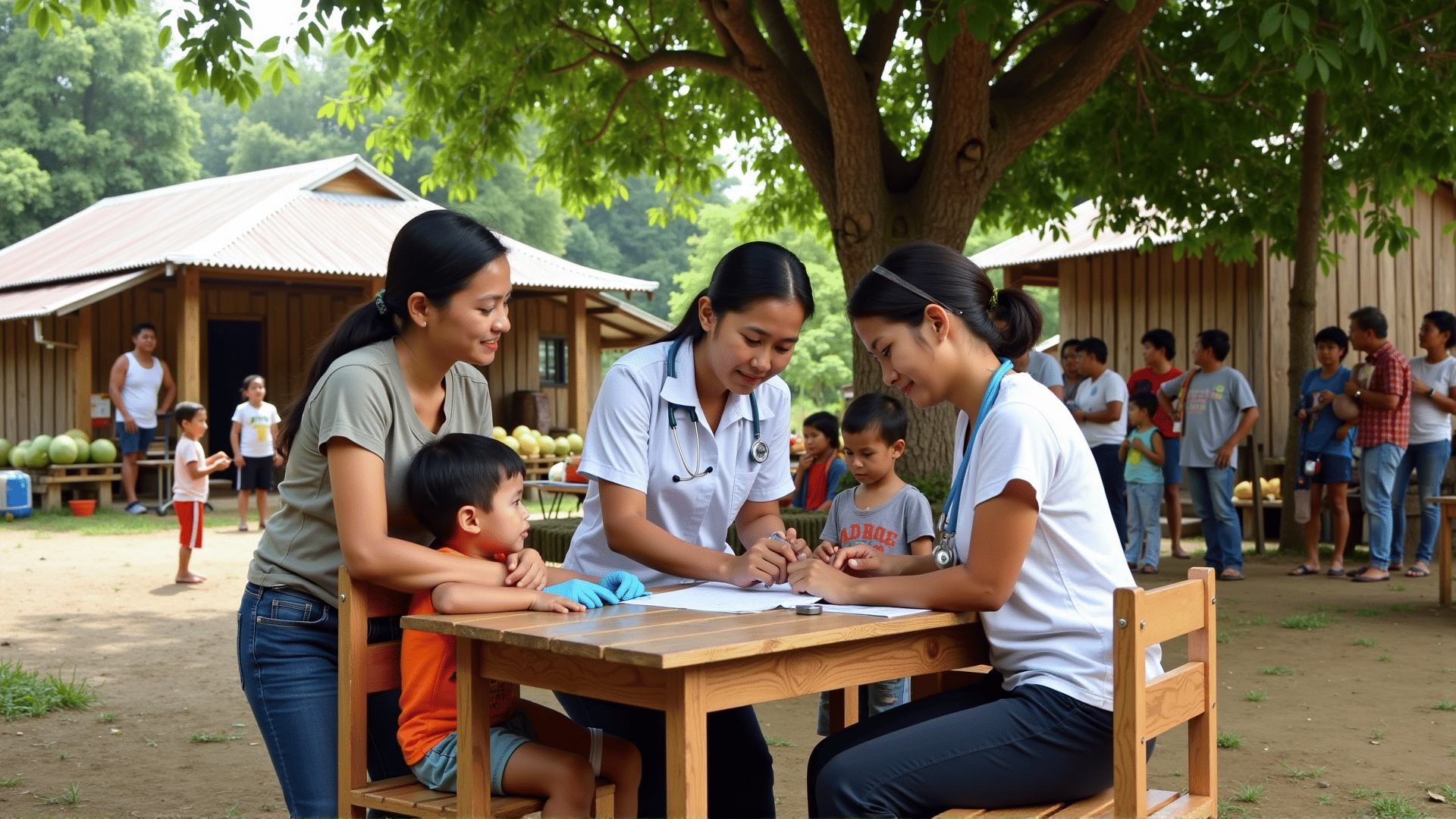In underserved areas, access to essential medical services can often be limited, contributing to health disparities. To address these challenges, comprehensive community health programs are vital as they foster wellness and provide critical medical assistance to those in need.
Central to these initiatives is the idea of bringing healthcare directly to communities. Mobile clinics, for example, are an innovative solution that overcome transportation barriers by delivering medical services straight to the neighborhoods that need them the most. These clinics offer a range of services, from routine check-ups and vaccinations to more specialized care, all while building trust and encouraging regular health screenings.
Another crucial element is community education, which focuses on preventive care and healthy lifestyle choices. Workshops and seminars are regularly organized to engage community members in discussions about nutrition, exercise, mental health, and disease prevention. By empowering individuals with knowledge, these programs encourage proactive health management and awareness.
Partnerships with local organizations and volunteers strengthen these efforts by enhancing resource availability and outreach. Collaboration with schools, for instance, can help implement school-based health services, ensuring that children receive timely medical attention and health education. Similarly, alliances with local businesses and non-profits facilitate health fairs and community events, creating a supportive environment for health promotion.
Telemedicine has emerged as another powerful tool in community health programs, offering remote consultations and follow-up care. This technological advancement reduces the geographical barriers to healthcare access and is particularly valuable for those living in remote or rural areas. With the increasing ubiquity of mobile devices, telemedicine's potential to enhance healthcare reach and continuity is immense.
In sum, community health programs prioritize inclusivity and accessibility, striving to eliminate gaps in healthcare provision. By leveraging mobile clinics, educational initiatives, strategic partnerships, and technological advancements, these programs not only deliver immediate medical services but also lay the foundation for long-term community wellness. Through these concerted efforts, underserved areas can experience significant improvements in health outcomes and overall quality of life.
